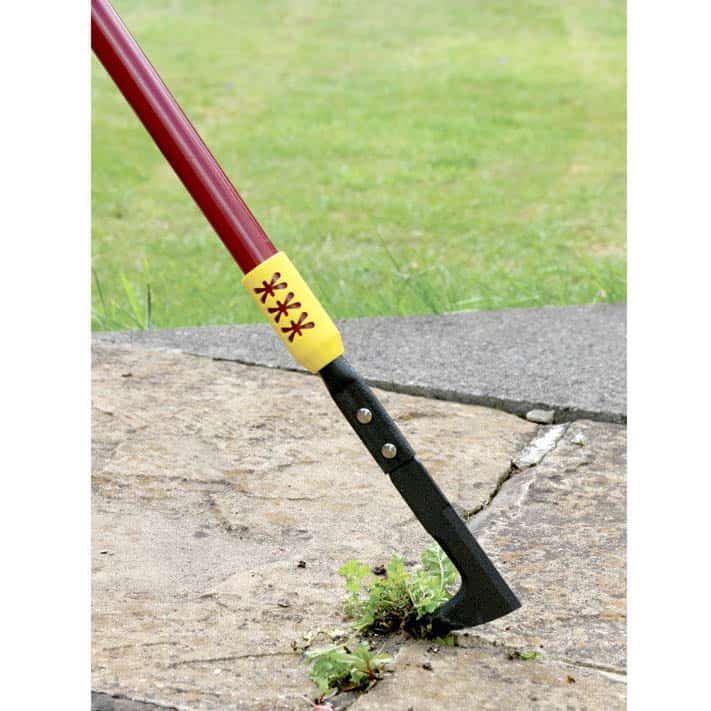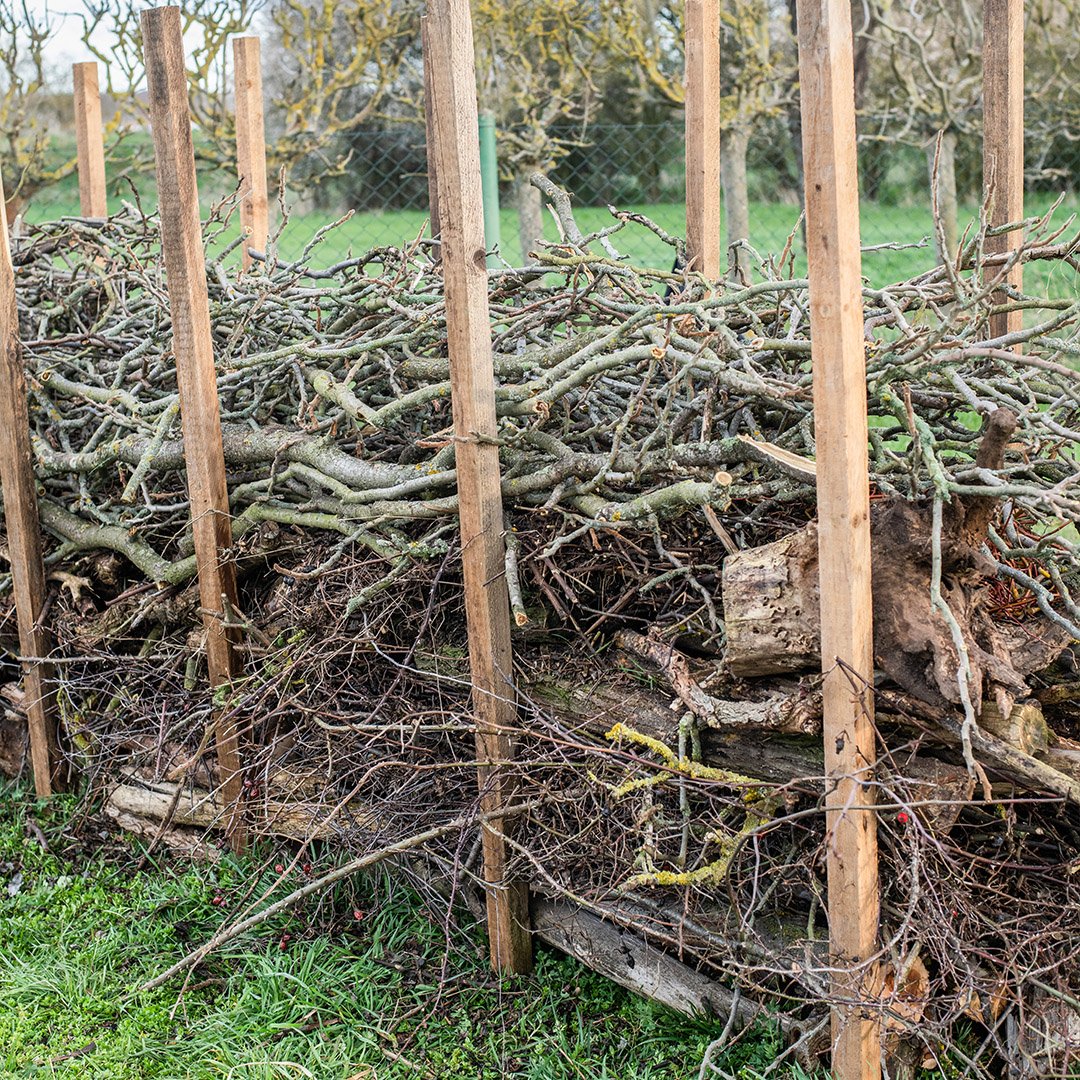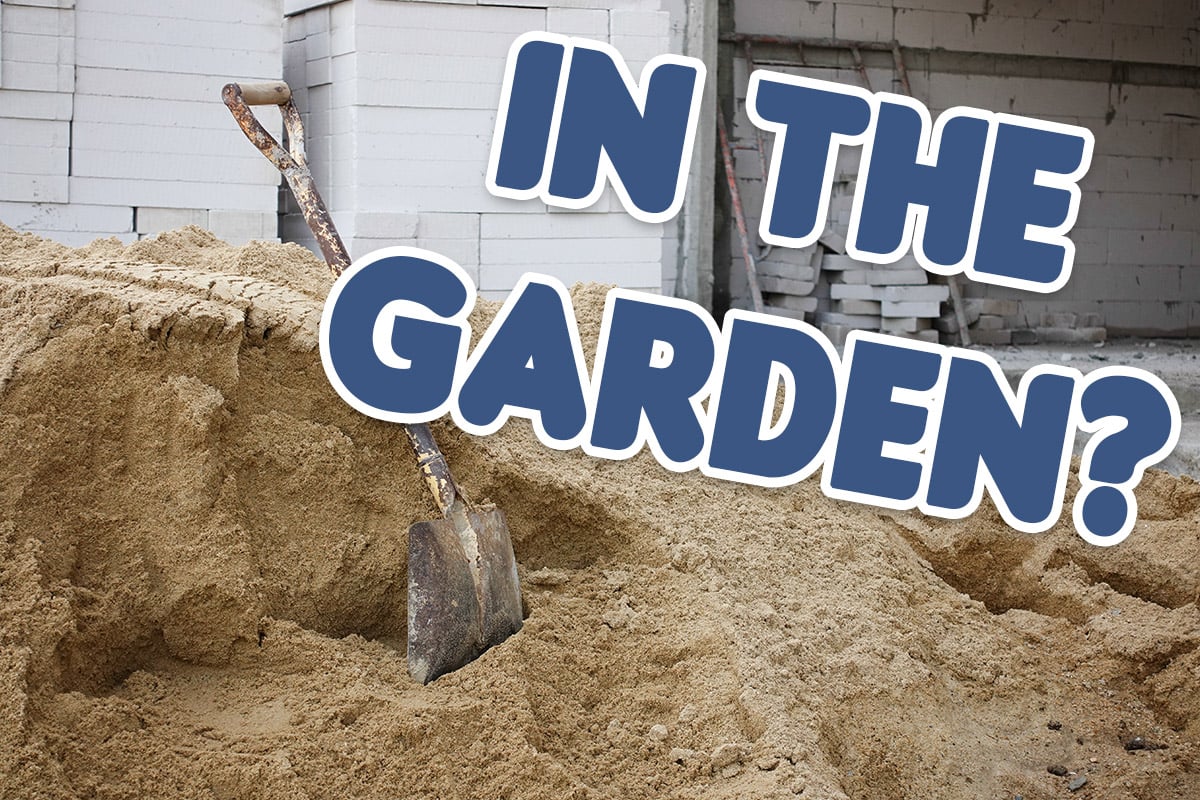One of the most frustrating things about Block Paving is weeds growing in between the gaps. They can make your beautiful paving look unsightly. They can also be incredibly tedious to remove!
Luckily for you, we have gathered together some of the most effective ways for you to remove them and condensed them all into one article. This guide explains how to get rid of weeds in block paving.
Weed Weapons For Block Paving
You have a few different weapons in your arsenal, each with its pros and cons. We will go through them all here.

After you have killed your weeds, you should seal up your block paving to prevent them from returning. Keep reading to find out how to do just that!
1. Weed Killers
There are untold numbers of various weed killers on the market today. Including ones specially formulated for driveways and paving.
Most weed killers are very toxic (you don't say!), which puts many people off using them. This especially affects pet owners and parents with young children or grandchildren.
Weed killers are effective, so they are a great option if you want maximum weed removal and are not bothered about using toxic chemicals.
To achieve the best results with weed killers, applying them whilst weeds are actively growing is always advisable. I like to give them a blast in early spring and then finish off any survivors with another spray in mid-summer.
Targeting the weeds while growing will make the roots suck the weed killer up and transfer it to the weed's root, allowing for much better weed-killing.
- Nothing kills tough weeds faster and prevents for longer
- Visible results within 24 hours
- Provides 3 months prevention against new weed growth
2. Weed Burners
Weed burners are a relatively novel way of removing weeds for many people. They come in two forms, electric or gas-powered.
The electric ones can quite often take a while to get up to temperature and also can take a while to burn the weed. So don't expect to tackle a full driveway with an electric weed burner quickly.
For larger areas, I would recommend a gas burner. Again this comes with its caveats, though.
Many of the smaller, cheaper burners that come with an attached camping gas cylinder are not as powerful as their larger brothers, again making them unsuitable for large drives.
I would suggest a proper burner with a trolly to carry a gas canister for larger areas. These are great if you have a large drive and don't want to use poisonous chemicals.
A general purpose gas torch suitable for roofing, road line burning, weed killing, ice melting etc This kit contains all the fittings you need to use the torch - will connect to standard propane gas bottle outlets
3. Removal Tools
Numerous specially designed hand tools are available to help remove weeds from block paving. Generally designed as small scrapers, they allow you to efficiently get into the gaps between pavers and pull up those weeds.
They are an excellent method of removing weeds in an environmentally friendly way. However, they have their drawbacks. It is tedious to clear a full driveway this way, not to mention bad on the back and knees!
However, following the little and often mantra can be a very useful tool to defeat those driveway weeds.
- Remove weeds from your patio with ease with the telescopic patio weeder.
- Eliminating the need to bend down and move around your hard patio environment, this tool extends from 70cm up to 100cm.
- Both the blade and handle are made from lightweight powder-coated steel, and the handle also has a soft grip foam handle for comfort.
4. Electric Weeding Machine
I have to be honest, I had never heard of these until I did some research for this article. But after reading up on them, I can see the appeal, particularly for older users who may not be able to bend down easily to manually remove weeds.
Essentially this machine is a rotating wire brush with a long handle that helps to pick up weeds and sweep them out of cracks.
5. Jet Washer
A popular two-for-one! Clean your drive and blast away the weeds at the same time. This is a very laborious process, so it's not recommended to do this regularly.
However, a good jetwash once or twice a year, followed by a re-sand of the cracks will keep away most weeds.
6. Elbow Grease
The good old-fashioned method. Get down on your hands and knees and pull those suckers out manually.
Unarguably the most environmentally friendly way of removing weeds. However, this is very time (and back) consuming. Not a realistic approach for many people.
How To Remove Moss From Block Paving
Moss is very easy to remove from block paving, and all of the methods listed above for weeds will also work when it comes to moss.
This is because moss is very shallowly rooted and so comes away from the paving easily.
The two best ways to get rid of moss on paving are using a scraper, like the one listed above, and a jet washer.
The jet washer works well on moss as it just blasts it away, and due to the shallow roots of moss, they don't cling on, and they tend to just get blasted away by the water.
How To Seal Block Paving To Stop Weeds
So after you have cleared your block paving of weeds or moss, you will want it to stay that way, so what can you do? Sealing is one way that you can help fend off those pesky weeds.
Sealing block paving is simple. You apply a layer of clear sealer that sits on top of the paving; this helps keep the paving clean as an added benefit.
Now while all this is well and good, your problem with block paving is that weeds come up through the gaps between blocks, not the actual pavers.
Step 1 - Remove Soil/Dirt From Cracks
To deal with this, we need to remove all soil from the gaps that have built up over time. The best way to do this is by using a pressure washer and blasting it all out.
This soil is the perfect place for weeds to live and grow, so we need to get rid of it if we want any chance of keeping the weeds away.
Step 2 - Fill Gaps With Sand
Once you have don't this, and the gaps between the paving are looking clear of weeds and soil, then we need to fill them back in with sand.
Sand is brushed into all the gaps between block paving to replace the soil and to stop the gap from just filling up with dirt again.
But don't just use any sand. This is where our secret weapon comes in, setting sand. Setting sand is a product from Sika; it looks just like normal sand and is brushed into the gaps like normal sand.
But what happens next is very different from ordinary sand, as you could probably tell from the name. This sand sets rock solid, so it doesn't get washed away. You need to get it wet to start the setting process.
Once the compound is cured, it will not wash out, shrink or crack over time, Resists weeds, insects and wind. Suitable for all types of block paving.
Step 3 - Seal The Block Paving
Now that we have a solid surface and all of our gaps are solid, it is time to seal the pavers. Sika again offers a really easy product that works well with the setting sand we just used.
You brush this acrylic sealer on with a paint roller and use a long pole, so you do not have to bend over. It looks like a thin PVA and is easy to apply.
The only thing to remember is that it can't get wet for 24 hours, so check the forecast before applying this sealer.
Once dried, this will create an acrylic layer above our pavers, which will stop the weeds from being able to grow back for a good while.
You can keep topping up this sealer every few years, give the pavers a good jetwash, let it dry and apply another coat of sealer.
You will also have the added benefit of protecting your paving from dirt and oil spill, so a real win-win!











Mary Heath says
Thanks for your advice. I have bought a weed burner but it is very laborious and it leaves the residue of weeds and the roots of many, so I have been thinking of buying an electric weed remover to use afterwards. Then I shall have to use some sand to fill some of the joints and finally a sealer.
Michelle transplanted in the Isle of Man says
Just to mention it is not only older people who have issues bending or doing laborious tasks, many people with disabilities would struggle too. 😉
Brenda says
Where does the rainwater go to?
Daniel says
down the slope to a drain
h89 says
Great tips! I never knew that boiling water could be so effective for weed removal. I'll definitely give that a try alongside the vinegar method. Thanks for sharing these valuable techniques!
GEOMETRY DASH APK says
Great tips! I’ve struggled with weeds in my block paving for ages. I’ll definitely try the vinegar method mentioned in the post. Thanks for sharing such helpful advice!
rejekibet apk says
Great tips on removing weeds from block paving! I’ve been struggling with this in my garden for ages. The methods you shared seem practical and easy to follow. I particularly like the idea of using vinegar as a natural remedy. Looking forward to trying these out and hopefully keeping the weeds at bay!
jaiwin login says
Great tips on tackling weeds in block paving! I never thought about using vinegar as a natural solution. I’ll definitely try the preventative measures you mentioned to keep them from coming back. Thanks for sharing!
Ok win says
Great tips! I’ve always struggled with weeds in my block paving, but I never knew about the effectiveness of using boiling water. I'm definitely going to try that and the vinegar solution! Looking forward to seeing some results.
91 CLUB says
This post was really helpful! I’ve struggled with weeds in my block paving for ages, and your tips on both removal and prevention seem like exactly what I need. I’m definitely going to try the vinegar solution as a natural option. Thanks for sharing!
Cluster Rush says
Great tips! I love how you broke down the methods for removing weeds and preventing them from coming back. The use of boiling water was a new one for me—definitely going to give that a try! Thanks for sharing your expertise!